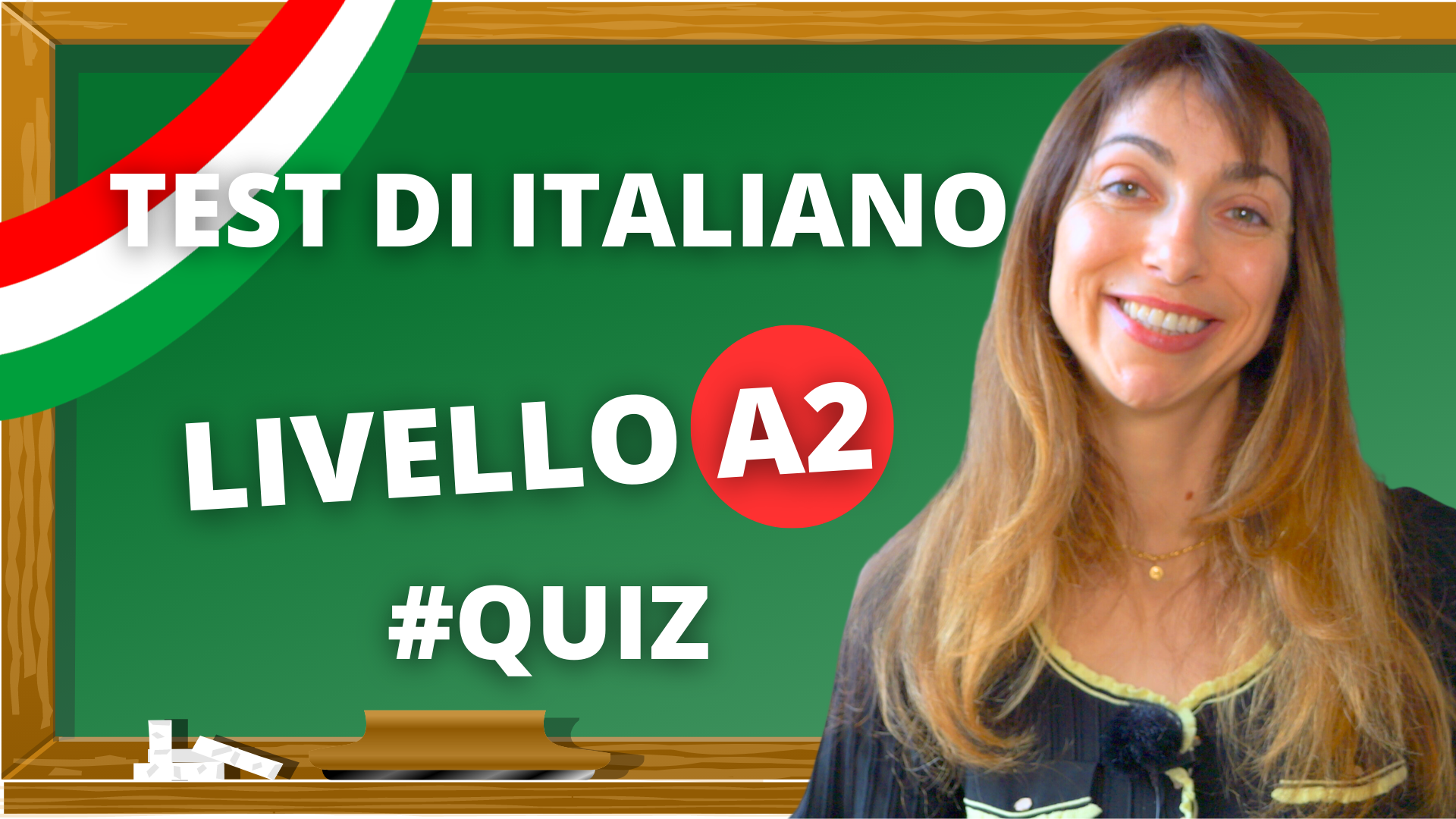How to Say “Happy Valentine’s Day” in Italian: A Guide for Lovers
Valentine’s Day is a special occasion for lovers all over the world, and if you’re planning to celebrate with an Italian sweetheart, it’s important to know how to say “Happy Valentine’s Day” in their language. Whether you’re learning Italian or just want to impress your loved one, this article will provide a comprehensive guide on how to say “Happy Valentine’s Day” in Italian.
Table of Contents
Basic Phrase
The most basic way to say “Happy Valentine’s Day” in Italian is “Buon San Valentino“. This phrase is straightforward and easy to remember, making it a great option for those just starting to learn Italian.
Romantic Variations
If you’re looking for a more romantic way to say “Happy Valentine’s Day” in Italian, consider using the following phrases:
- “Ti amo con tutto il mio cuore” (I love you with all my heart)
- “Sei la luce della mia vita” (You are the light of my life)
- “Sei il mio amore vero” (You are my true love)
- “Buon San Valentino, amore mio” (Happy Valentine’s Day, my love)
- “San Valentino è speciale perché ci sei tu” (Valentine’s Day is special because you are here)
- “Oggi e per sempre, ti amo” (Today and forever, I love you)
These romantic variations are more personal and expressive, making them a great option for couples celebrating Valentine’s Day together.
Gift Giving Traditions in Italy for Valentine’s Day
In Italy, Valentine’s Day is considered a day for lovers, and it is common to exchange gifts as a symbol of affection. Traditionally, the most popular gifts include chocolates, flowers, especially roses, and small gifts of jewelry. The “baci,” a chocolate confection made by Perugina and accompanied by a love note, is a particularly popular gift. As with many aspects of Italian culture, the gift-giving is seen as an art form – the gift should not only be of high quality, but it should also be presented in a beautiful and thoughtful manner. It is customary to wrap the gift and to include a heartfelt note or card expressing your love and affection.
Historical Background of Valentine’s Day in Italy
Valentine’s Day, known as San Valentino in Italy, has a rich history. It is named after Saint Valentine, a 3rd-century Roman saint associated with courtly love. Although the holiday is celebrated worldwide, its connection to Italy is special. According to legend, Saint Valentine was a bishop who lived in the city of Terni in central Italy, and he is buried there. He was martyred on February 14, 269 AD, and has since been celebrated as the patron saint of love. Over time, Saint Valentine’s Day became associated with romantic love and has evolved into a day where lovers express their affection with greetings and gifts.
Italian Valentine’s Day Folklore and Superstitions
In Italy, Valentine’s Day folklore and superstitions vary by region. One charming tradition is the “lock of love” in which couples attach a padlock (lucchetti dell’amore in Italian) onto a bridge or gate, then throw away the key to symbolize their unbreakable bond. This tradition is especially popular in Rome on the Ponte Milvio bridge. In Verona, the city of Romeo and Juliet, thousands of love notes are left on the wall of Juliet’s house. In some regions, it’s believed that the first man a woman sees on Valentine’s Day will be her true love, or resemble him in some way. These unique cultural practices offer insight into the romantic spirit of Italy.
Cultural Context and Italian Traditions for Valentine’s Day
It’s also important to consider the cultural context when saying “Happy Valentine’s Day” in Italian. In Italy, Valentine’s Day is a time for romantic gestures and declarations of love, so it’s important to choose a phrase that reflects the spirit of the occasion. Some of the traditional activities for Valentine’s Day in Italy include exchanging gifts, enjoying romantic dinners, and sending love letters. And why not go to Italy to celebrate this romantic day?


